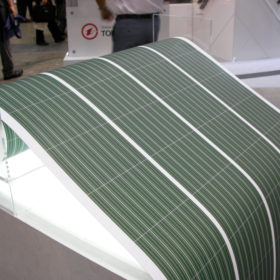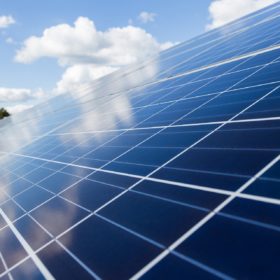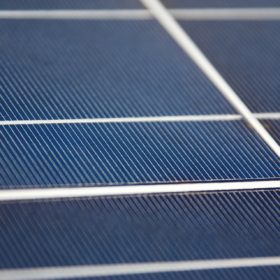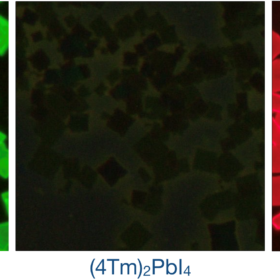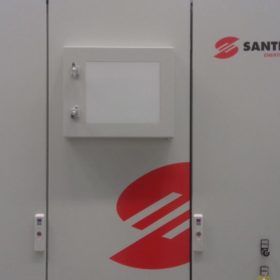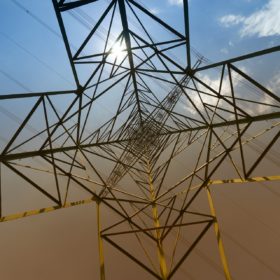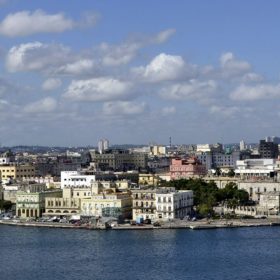Japanese researchers explain why organic solar cells are damaged by UV light
Scientists have observed that the efficiency of an organic PV device decreases by around 50% when it is exposed to 100-h light irradiation. They attributed this loss to increased resistance of the organic semiconductor layer.
URE to build 193 MW solar park in Taiwan
The Taiwanese PV manufacturer said the project will be the largest solar installation on the island. Construction is scheduled to being near the city of Tainan in the second half of 2020.
Is it worth increasing cell efficiency? A new metric tells you when
A group of scientists is proposing a new metric – the value of efficiency – to calculate the maximum allowable cost to increase a cell’s efficiency and improve the levelized cost of electricity (LCOE). The researchers expect that more regional diversification may be seen at the global level in the years to come, with the proposed metric offering higher values in North America, Central and Northern Europe, Japan, Australia, and New Zealand.
Germany registers 377 MW of new PV in October
Newly installed PV capacity hit 3.33 GW in the first 10 months of this year. Feed-in tariffs will drop in December by another 1% and the 52 GW subsidy cap looms, but for the first time, FITs for all project types are now below the €0.10/kWh mark.
New sandwich-like material for lead-free perovskite solar cells
Scientists from Purdue University claim to have created a new material that incorporates both organic and inorganic materials. Its hybrid structure is said to improve the thermal stability of perovskite PV cells without the need to use lead.
Ireland launches auction scheme for renewables
Solar is included among the competing sources but with a maximum quota of only 10%. Around 13,500 GWh will be allocated across five rounds under the new scheme, which is still subject to EU state aid approval. Community-led projects will be allowed to participate from the second round, with a bonus of €2/MWh.
Enertronica Santerno reports higher inverter shipments in 2019
In a short conversation with pv magazine, the company’s CEO, Vito Nardi, said shipments for this year are expected to reach 866 MW. The inverter manufacturer also expects a rate of production of 2 GW per year by the end of next year.
Energyra works on restarting PV factory in the Netherlands
The insolvent photovoltaic manufacturer is still talking to potential investment partners, but it claims that it could resume PV module production at its shuttered factory in the Dutch municipality of Zaanstad on short notice.
300 MW of new solar for China’s 800 kV UHV transmission project
JinkoSolar has announced that it will supply 300 MW of its Tiger solar panels for what it describes as an ultra-high voltage demonstration plant in China’s Qinghai’s province. The project will be connected to an ultra-high voltage power line that State Grid Corp. of China is building to connect the far northwestern part of the country to the more heavily populated eastern provinces.
Cuba introduces new rules, fiscal incentives for solar prosumers
With Decree No. 345, the Cuban government aims to encourage consumers to install rooftop PV projects. The new rules will help to facilitate the sale of surplus power within the national electricity system, among other matters.
